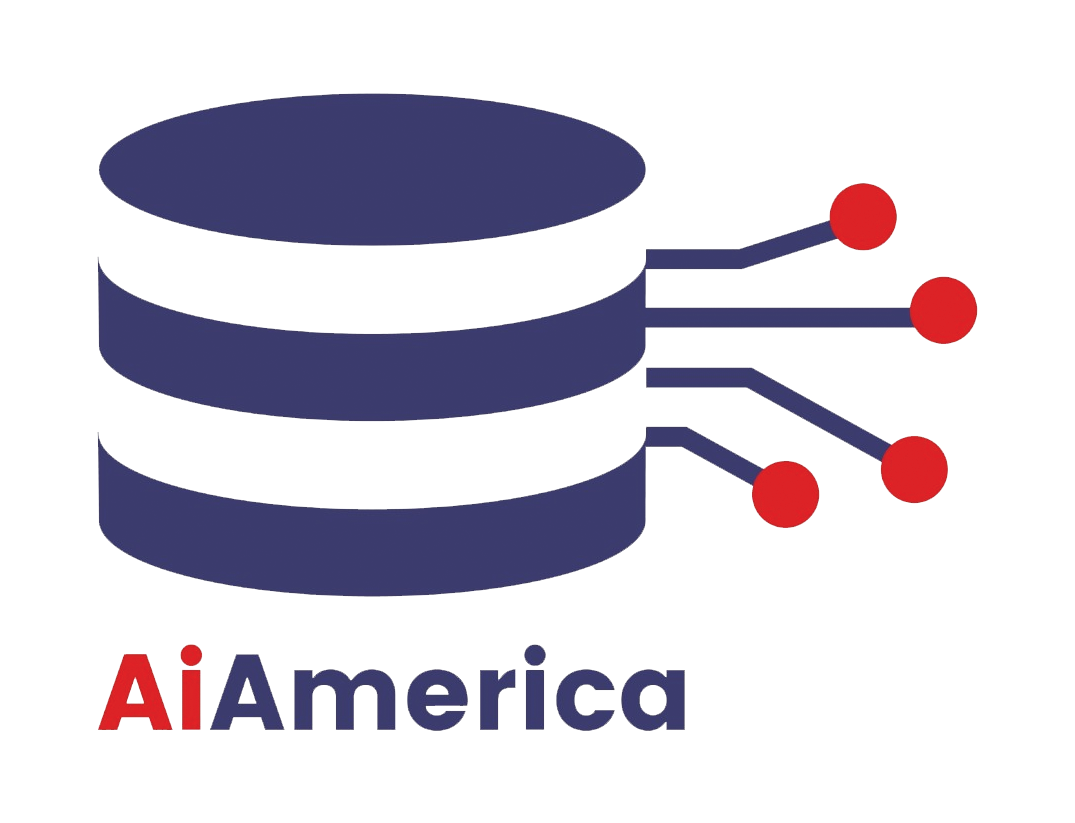
Close

Introduction:
In the vast landscape of unsupervised learning, K-Means clustering stands as a beacon, illuminating hidden patterns within data. It’s a versatile technique with applications spanning from customer segmentation to image compression. This blog post takes you on a journey through the world of K-Means clustering, unlocking its potential and unveiling its magic.
Chapter 1: The Essence of Clustering
The Need for Clustering
Delving into why clustering is essential for discovering natural groupings in data.
Challenges in Clustering
Understanding the complexities and nuances that arise during the clustering process.
Chapter 2: Demystifying K-Means
Understanding K-Means
Breaking down the core concepts of K-Means, including centroids and clusters.
K-Means in Action
A real-world example showcasing how K-Means can segment customer data for personalized marketing.
Chapter 3: Choosing the Right ‘K’
The Elbow Method
Exploring the Elbow Method and Silhouette Score to determine the optimal number of clusters.
Hyperparameter Tuning
Discussing techniques for fine-tuning K-Means parameters to achieve better results.
Chapter 4: Beyond the Basics – K-Means Variants
Hierarchical K-Means
Introducing hierarchical clustering using K-Means, a powerful approach for complex data structures.
K-Means in Image Compression
Illustrating how K-Means is employed to compress images without significant loss of quality.
Chapter 5: K-Means in Real Life
Retail Analytics
Exploring how K-Means helps retailers optimize store layouts and inventory management.
Healthcare Applications
Highlighting the use of K-Means in patient clustering for personalized treatment plans.
Chapter 6: Challenges and Ethical Considerations
Data Quality
Addressing issues related to data quality and its impact on K-Means results.
Ethical Implications
Discussing the ethical considerations when applying clustering algorithms, particularly in sensitive domains.
Chapter 7: The Future of Clustering
Machine Learning Integration
How K-Means is evolving in tandem with other machine learning techniques.
Big Data Challenges
A glimpse into how K-Means is adapting to handle the ever-increasing volumes of big data.
Conclusion:
K-Means clustering is not merely an algorithm; it’s a powerful tool for revealing patterns and insights that might otherwise remain hidden. As you explore its capabilities, remember that the true magic of K-Means lies in your understanding of your data and your domain expertise.